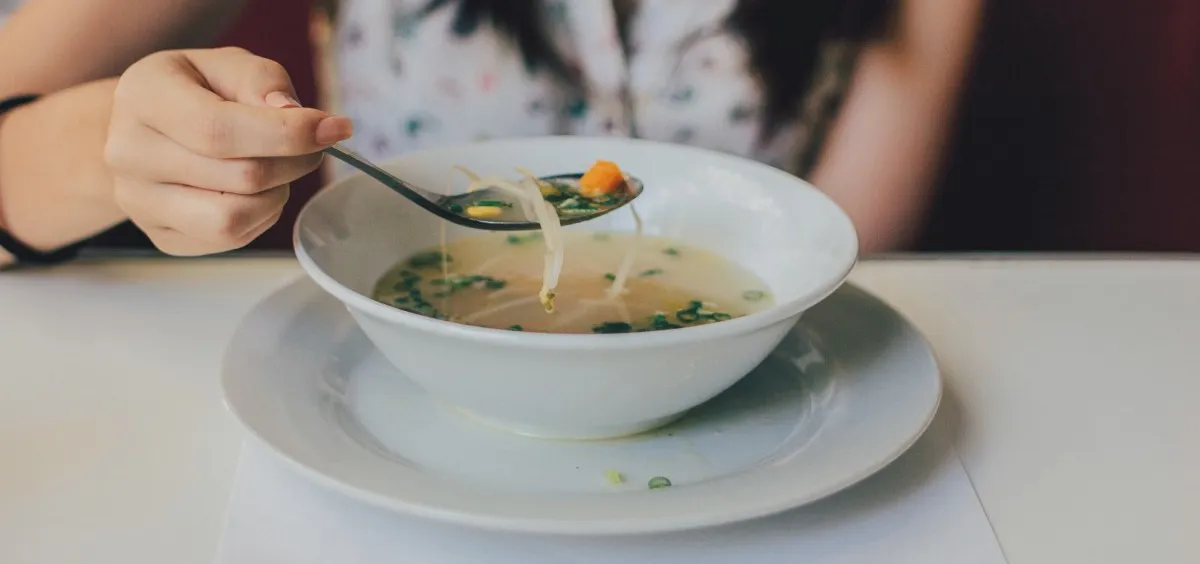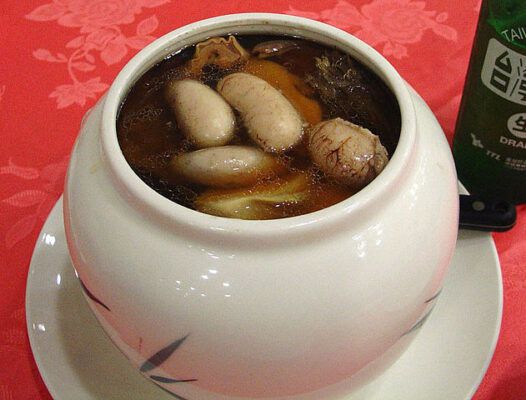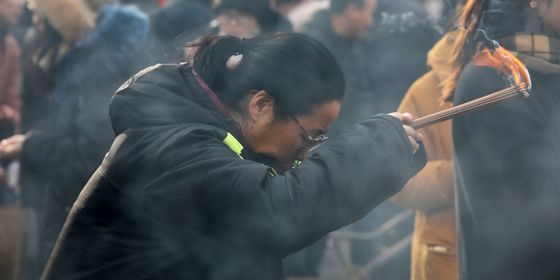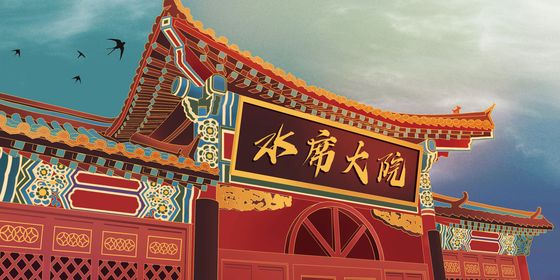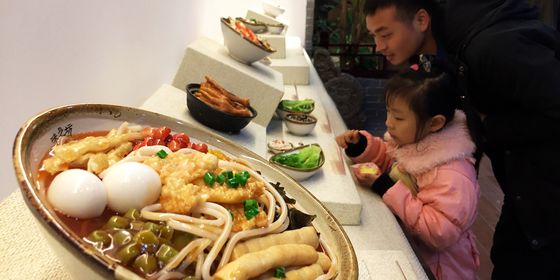The central dish on Chinese tables has many regional varieties
According to the rulebook of the Ministry of Foreign Affairs, “four dishes and one soup” (四菜一汤) is the standard main course at Chinese state dinners. Allegedly invented by the Ming dynasty’s founding emperor Zhu Yuanzhang (朱元璋), this state-sanctioned spread was enjoyed by US President Richard Nixon on his 1972 visit to China, and has even spawned overseas variations.
Chinese people may have been slurping soup for over 2,000 years, if the liquid broth found in an ancient tomb in Shaanxi province in 2017 is any indication. Usually eaten as an appetizer, or a palate cleanser after meal, soup enjoys a central place (often literally) at Chinese banquet and family tables, and is brewed up at a variety of price points, textures, and flavors around the country—here, we list six of the most representative:
佛跳墙 Buddha Jumps Over the Wall
Originating from Fujian province, Buddha Jumps Over the Wall was said to have been invented during the Qing dynasty. It was recognized by the Guinness Book of Records in 2005 as the world’s most expensive soup, containing abundant amounts of exquisite ingredients like ginseng, sea cucumber, abalone, and, most controversially, shark fin. A common recipe also calls for quail eggs, bamboo shoots, scallops, chicken, ham, pork tendon, and mushrooms. There are many different legends for how the dish gained its name, but they all involve a Buddhist monk (or multiple monks, depending on the version) who broke his vow of vegetarianism and jumped over the temple wall in eagerness to taste the meaty soup.
胡辣汤 Hot pepper soup
Hot pepper soup, or simply “spicy soup,” was first created in Henan province but was popularized in Shaanxi province. The broth has a thick texture, and uses beef or mutton stock as its base. Many extra ingredients are added nowadays—such as vermicelli, ginger, potatoes, cauliflowers, and spinach—but the recipe still stays true to its essence: a generous amount of pepper and chili.
酸辣汤 Sour-and-spicy soup

(flickr)
A traditional Sichuan delicacy, sour-and-spicy soup, commonly known as hot-and-sour soup, is often served after meals for its “sobering up” effect, although it’s equally delicious as an appetizer. Similar to hot pepper soup, the dish has a thick texture, but often uses chicken or pork stock, plus vinegar to give its sour taste. A warm bowl of hot-and-sour soup will usually also include tofu, shiitake or wood-ear mushrooms, ground pork, and bamboo shoots.
三及第汤 Three level soup
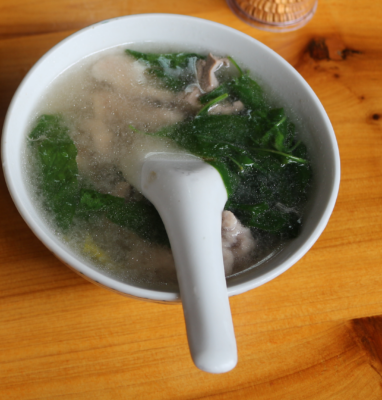
A common Hakka delicacy in Meizhou, three-level soup is a traditional dish from Jiaoling county, often served to accompany a bowl of pickled noodles, or yamien. The three “levels” in the name refers to the three parts of the pig used to make it: liver, lean meat, and intestine. In addition to the meat, the soup’s flavor is often enriched with dried red-yeast rice (红曲米) and wolfberry. Those who are not satisfied with just three levels can up the challenge with “five-level soup,” which adds pork kidney and heart to the recipe.
南昌瓦罐煨汤 Nanchang jar soup
Jar soup, or clay pot soup, originates from Nanchang and is one of Jiangxi’s signature dishes. The ingredients are placed into a small clay jar before being cooked gently in a bigger clay pot. Typically eaten as an appetizer, the soup uses duck or chicken meat as its main ingredient, combined with medicinal herbs such as ginseng and wolfberry, and is well known for its health benefits and nutritional value. The soup shares many similarities with 老火靓汤, Cantonese slow-cooked soup, which is also said to improve digestion and general health.
驴肉汤 Donkey meat soup
Often found in donkey burger restaurants, this street snack is an opaque broth cooked with slices of donkey meat. Unlike the donkey burger, which originates from Baoding and Hejian in Hebei province, donkey meat soup is said to come from Luoyang, Henan province. The meat is known for its high-protein content, making it a richer alternative to pork and beef. Donkey has also long been used in traditional Chinese medicine, such as ejiao, leading to soaring demand for the animal’s hide in recent years.
Cover image from pxhere





